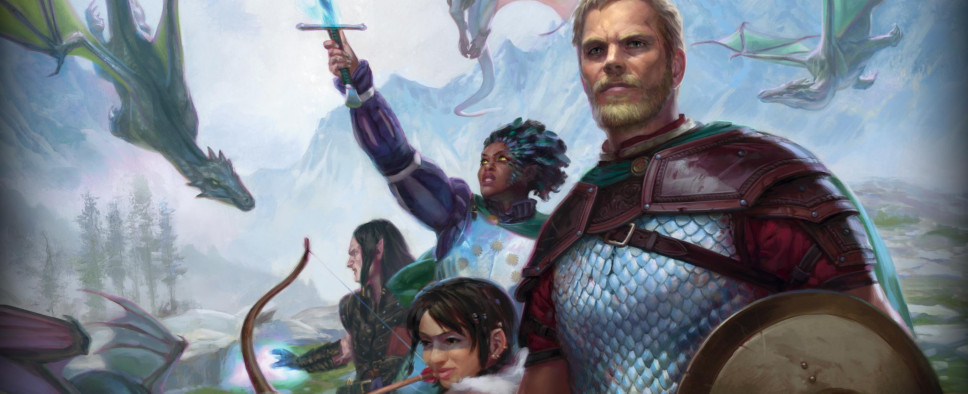Josh Sawyer Interview: Crowdfunding and the Statue of Od Nua
-
Category: News ArchiveHits: 2707

Polygon has published an editorial-style interview with Obsidian's Josh Sawyer. The article goes over the inner workings of the Kickstarter campaign for Pillars of Eternity and how it just so happened that a stretch goal from it became a central focal point for the sequel. An excerpt:
“It was Rob Nesler, who is our art director here at Obsidian,” Sawyer explained. “We wanted to show people progress. ‘Here's another level of the Endless Paths,’ when they reach a certain stretch goal. ‘On my god, here's level three!’”
But, as they continued spoon feeding the dungeon to Kickstarter backers, something altogether strange happened.
“He started illustrating this figure inside of the illustration that he was making,” Sawyer said. “As we kept going down, Rob started revealing this figure. It was really kind of a weird, and he didn't actually have an explanation for it. I said, ‘Rob, what is [t]his guy?’ And he's like, ‘I don't know. I just thought it would be cool to sort of see this weird thing up here, and then you see more of it as the levels go down.’”
Unlike many other campaigns at the time, Obsidian chose not to tie progress to the amount of money they earned. Instead, the Endless Paths would grow the more backers signed on to the project. For as little as a dollar, fans could help make a bigger game for those who were even more invested in the project.
[...]
The statue was such a key factor in the success of the game, that Sawyer felt compelled to make it part of the sequel. In Pillars of Eternity 2: Deadfire it’s become possessed by a god, smashed its way up out of the player stronghold and nearly destroyed everyone, and everything, they earned in the original.
Now, the statue is on a rampage, and it’s up to players to stop it. And it was all Sawyer’s idea.
“It did take some convincing for people to think that this actually could be a good foundation for the story,” Sawyer said. “But I think it worked out. For the sequel, I wanted to make the central problem impossible to ignore. I said, ‘What if it's a 700-foot-tall stone man who is walking around the world wreaking havoc? That, well that's going to make things pretty easy to spot.’
“That was really where we started. But, like I said, it did take some convincing.”

